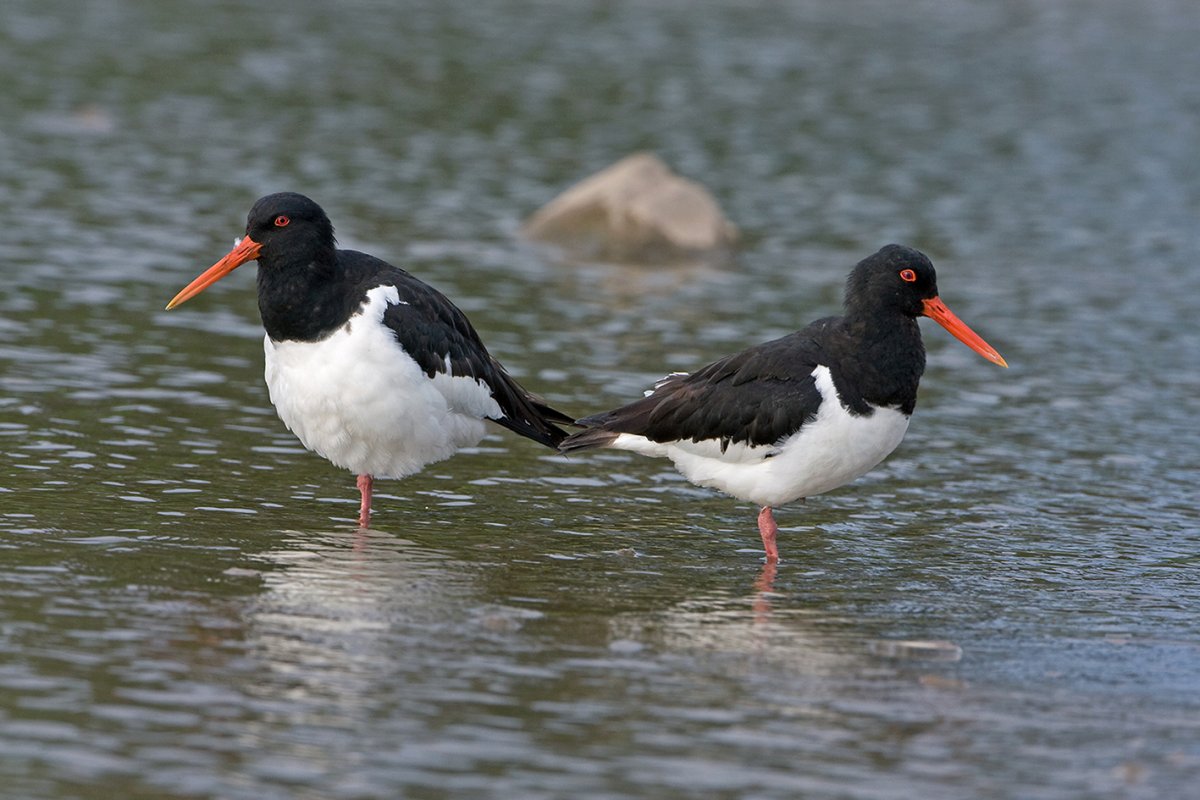BTO publishes peer-reviewed papers in a wide range of scientific journals, both independently and with our partners. If you are unable to access a scientific paper by a BTO author, please contact us.
Search settings
Climate change vulnerability for species—Assessing the assessments
Author: Wheatley, C.J., Beale, C.M., Bradbury, R.B., Pearce‐Higgins, J.W., Critchlow, R & Thomas, C.D.
Published: 2017
07.06.17
Papers
No short- or long-term effects of geolocator attachment detected in Pied Flycatchers Ficedula hypoleuca
Author: Bell, S.C., El Harouchi, M., Hewson, C.M. & Burgess, M.D.
Published: 2017
02.06.17
Papers
Tawny Owl Strix aluco response to call-broadcasting and implications for survey design
Author: Worthington-Hill, J. & Conway, G.
Published: 2017
Capsule: The use of call-broadcasting significantly increases the number of Tawny Owls Strix alucodetected in winter point counts, but requires careful survey design to avoid introducing potentialsources of bias into population estimates.Aims: To examine Tawny Owl response to call-broadcasting to aid survey design in nationalmonitoring efforts.Methods: A nocturnal survey was undertaken at 36 survey points over three nights in winter inThetford Forest, England. Each survey consisted of four consecutive five-minute segments: apassive count, followed by three counts with the use of call-broadcasting.Results: Few (4%) Tawny Owls were recorded during passive surveys, whereas the greatestresponse was during the first and second call-broadcast segments (49% and 36%, respectively).New detections declined to 11% in the final segment. Response was fastest at dusk, althoughtime of night did not significantly affect the number of individuals detected. Male owlsaccounted for 79% of detections.Conclusion: Our results show that ten minutes of call-broadcast surveying will detect 85% ofresponsive Tawny Owls, thus vastly improving detection compared to passive listening alone.However, simultaneous counts of geographically separated detections should be used to providea minimum count and reduce potential double-counting of mobile individuals.
15.04.17
Papers Bird Study
Quantifying the importance of multi‐scale management and environmental variables on moorland bird abundance
Author: Buchanan, G.M., Pearce-Higgins, J.W., Douglas, D.T.J. & Grant, M.C.
Published: 2017
14.04.17
Papers

The decline of a population of farmland breeding waders: a twenty-five-year case study
Author: M.V. Bell, Calladine, J.
Published: 2017
The breeding populations of many different wader species are in decline across the globe, and the UK is no exception. These declines have been linked to increased predator numbers, changes in agricultural practices, and in the management of the wider landscape. There is an urgent need for information on how such changes in land management, particularly within farmland, may affect breeding waders. This information can then be used to inform future land management decisions.
12.04.17
Papers Bird Study
